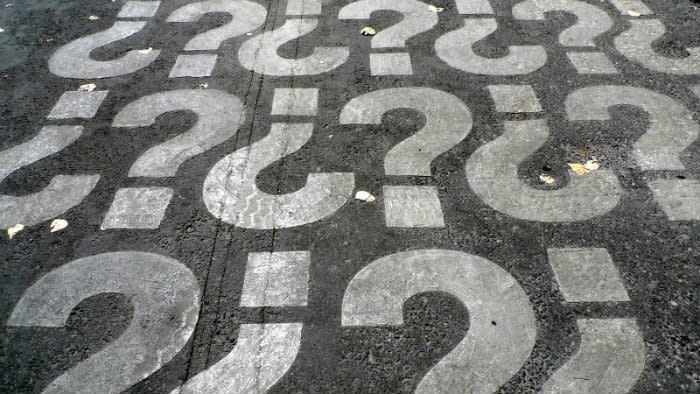Analyzing 2017: What Would Your Average Return Be if You’d Bought on the Dip Last Year?

There are many articles that talk about buying on the dip and whether or not you should buy a stock that has dropped in price. Previously, I had looked at the likelihood of a stock bouncing back after a bad day, but now I’ll look at what your average returns would be if you’d held on to the stock for seven days as well as for a full month.
Methodology
I populated a full year of data for 2017 for 30 of the most popular stocks, and in my calculations, my assumption was that when the price dipped below a certain percentage, the stock would be bought and held for a month. If the share price dipped again after holding for a month, then another purchase would be made.
However, for the purpose of simplicity, I assumed that no additional purchases were made if there’s already been a dip within the past month and where you’re already holding the stock.
Buying on a 2% dip
In my sample of data, I found that the average seven-day return when buying on a dip of at least 2% was just 0.67%. For the full month, returns were higher and averaged more than 2%. However, more volatile stocks saw bigger returns.
Four popular pot stocks were included in my sample, and their average 30-day return was 11%, with Aurora Cannabis Inc. (TSX:ACB) leading the way at over 14%. Tech stocks Sierra Wireless, Inc. (TSX:SW)(NASDAQ:SWIR) and BlackBerry Ltd. (TSX:BB)(NYSE:BB) also averaged more than 5% when held for a month.
Buying on a 5% dip
If you’d waited out dips of 5% or more, then over the course of seven days, your returns would have averaged 0.71%, and over 30 days they would have been only 0.11%.
Once again, pot stocks averaged higher seven-day returns of 3.6%, while over 30 days those returns rose to 5%.
Why would 5% dips produce lower returns than when buying on a decline of just 2%?
At first glance, you may be wondering why the returns wouldn’t be greater for a 5% drop in price. However, when a stock drops more than 5%, not only is it rarer of an occurrence, but it’s also a very bad performance that usually is tied to an adverse development that might signal something is wrong.
Take Home Capital Group Inc. (TSX:HCG) as an example. Although it has recovered after receiving a lifeline from Warren Buffett, the stock was hit with scandal in 2017, and buying when the share dipped more than 5% would have left you with an average loss of 6% over 30 days.
Cenovus Energy Inc. (TSX:CVE)(NYSE:CVE) is another example of a stock that saw a lot of problems last year, as it reached all-time lows. Buying on 5% dips here would have left you with an average 30-day loss of 5%.
Takeaway for investors
These results suggest that buying on the dip could work well, but simply looking for stocks that have declined will not guarantee you positive returns.
Although you could have made an 18% return on Aphria Inc. (TSX:APH) if you’d purchased the pot stock when it dipped more than 5% last year, you would have made 200% if you simply held the stock for the latter half of the year.
Timing can work in certain situations, but more likely than not, you’ll either miss out on gains along the way or find the hole getting deeper as you wait and hope for the stock to recover.
More reading
Stash These 4 Dividend Stocks in Your TFSA for the Long Term
3 Amazing Marijuana Stocks That Have Been Flying Under the Radar Until Now
Pot Stocks Are Falling: Has the Cannabis Bubble Finally Burst?
Fool contributor David Jagielski has no position in any of the stocks mentioned. David Gardner owns shares of Sierra Wireless. The Motley Fool owns shares of BlackBerry and Sierra Wireless. BlackBerry is a recommendation of Stock Advisor Canada.

 Yahoo Finance
Yahoo Finance 